Why Zirconium Dioxide All-Ceramic Material is Currently the Most Respected Dental Materials
2024-12-03
2025-04-07
The field of dental prosthetics has witnessed remarkable advancements in recent years, primarily driven by the integration of new technologies. Among these innovations, 3D printing stands out as a game-changer, revolutionizing the way dentures are manufactured. This blog will explore how 3D printing and other emerging technologies are enhancing the efficiency and accuracy of denture production, offering significant benefits to dental professionals and patients alike.
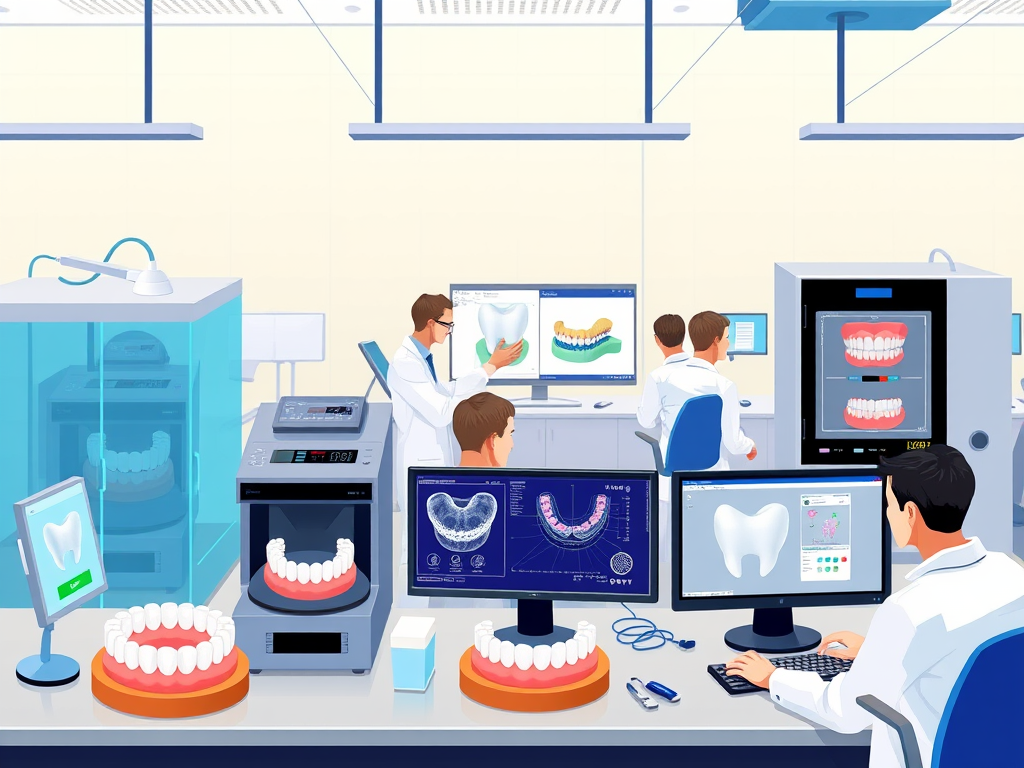
Transforming Traditional Methods
Traditionally, dentures were crafted using labor-intensive processes that involved manual measurements, impressions, and extensive fitting adjustments. While effective, these methods could be time-consuming and often resulted in inaccuracies. The advent of 3D printing has transformed this landscape by enabling more precise and faster fabrication of dentures.
Precision and Customization
3D printing allows for the creation of highly detailed and customized dental prosthetics tailored to each patient’s unique oral anatomy. By utilizing digital scans and computer-aided design (CAD) software, dental professionals can produce dentures that fit perfectly, reducing the need for multiple revisions.
· Best Practice: Utilize high-resolution 3D scanning technologies to capture accurate impressions of patients’ mouths, ensuring a perfect fit and enhanced comfort.
Streamlined Workflow
Integrating 3D printing into the denture manufacturing process streamlines workflows, significantly reducing production times. The ability to design, print, and finish dentures in a matter of hours is a tremendous advantage for dental practices.
· Best Practice: Implement a digital workflow that includes scanning, designing, and 3D printing, allowing for swift transitions between each stage of production.
Reduced Labor Costs
With automated 3D printing, the need for extensive manual labor diminishes. As a result, dental labs can allocate their resources more efficiently, focusing on complex cases that require a higher level of expertise while maintaining productivity for standard cases.
· Best Practice: Invest in training staff to operate and maintain 3D printers, maximizing the return on investment and ensuring optimal usage.
Digital Impressions and CAD Technology
Using digital impressions and CAD software, dental professionals can achieve unparalleled accuracy in denture production. These technologies eliminate the variability associated with traditional impression techniques, which can lead to mistakes and inaccuracies.
· Best Practice: Regularly update and calibrate scanning and CAD software to ensure consistent quality in the design and fabrication process.
Post-Processing Quality Checks
Once 3D printed, dentures can undergo rigorous quality control checks using advanced imaging and analysis techniques. This ensures that the final product meets the desired specifications and quality standards.
· Best Practice: Establish quality control protocols that include thorough testing and examination of the printed dentures before delivery to patients.
Milling Technology
In addition to 3D printing, computer numerical control (CNC) milling technology is also gaining popularity in denture manufacturing. CNC machines can carve out precise denture shapes from blocks of high-quality materials, providing an alternative to printing for certain cases.
Biocompatible Materials
Advancements in materials science have led to the development of biocompatible materials specifically designed for 3D printing and milling that are durable and aesthetically appealing. These materials can mimic the look and feel of natural teeth, enhancing patient satisfaction.
· Best Practice: Stay informed about the latest materials in the market and evaluate their suitability for different types of denture production.
The integration of new technologies, particularly 3D printing, is revolutionizing denture manufacturing by improving efficiency, accuracy, and customization. As dental professionals continue to adopt these innovations, they can provide enhanced care and outcomes for patients.
By embracing advancements in technology and continuously updating practices, denture laboratories can stay at the forefront of the dental industry, ensuring that they deliver high-quality, comfortable, and aesthetically pleasing prosthetics. As these technologies evolve, the future of denture manufacturing looks brighter than ever, promising even greater improvements in patient satisfaction and clinical outcomes.

Dry & wet milling for zirconia, PMMA, wax with auto tool changer.
learn more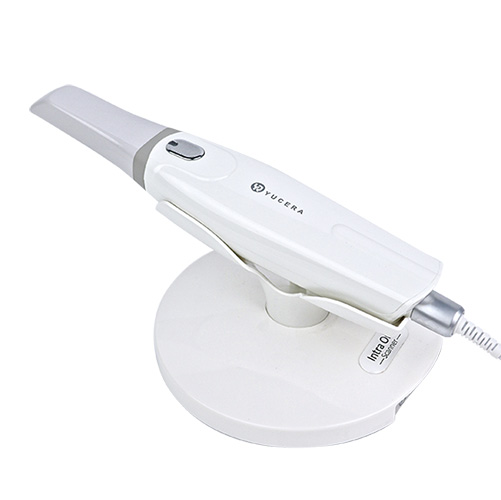
High-precision 3D scanning, AI calibration, full-arch accuracy.
learn more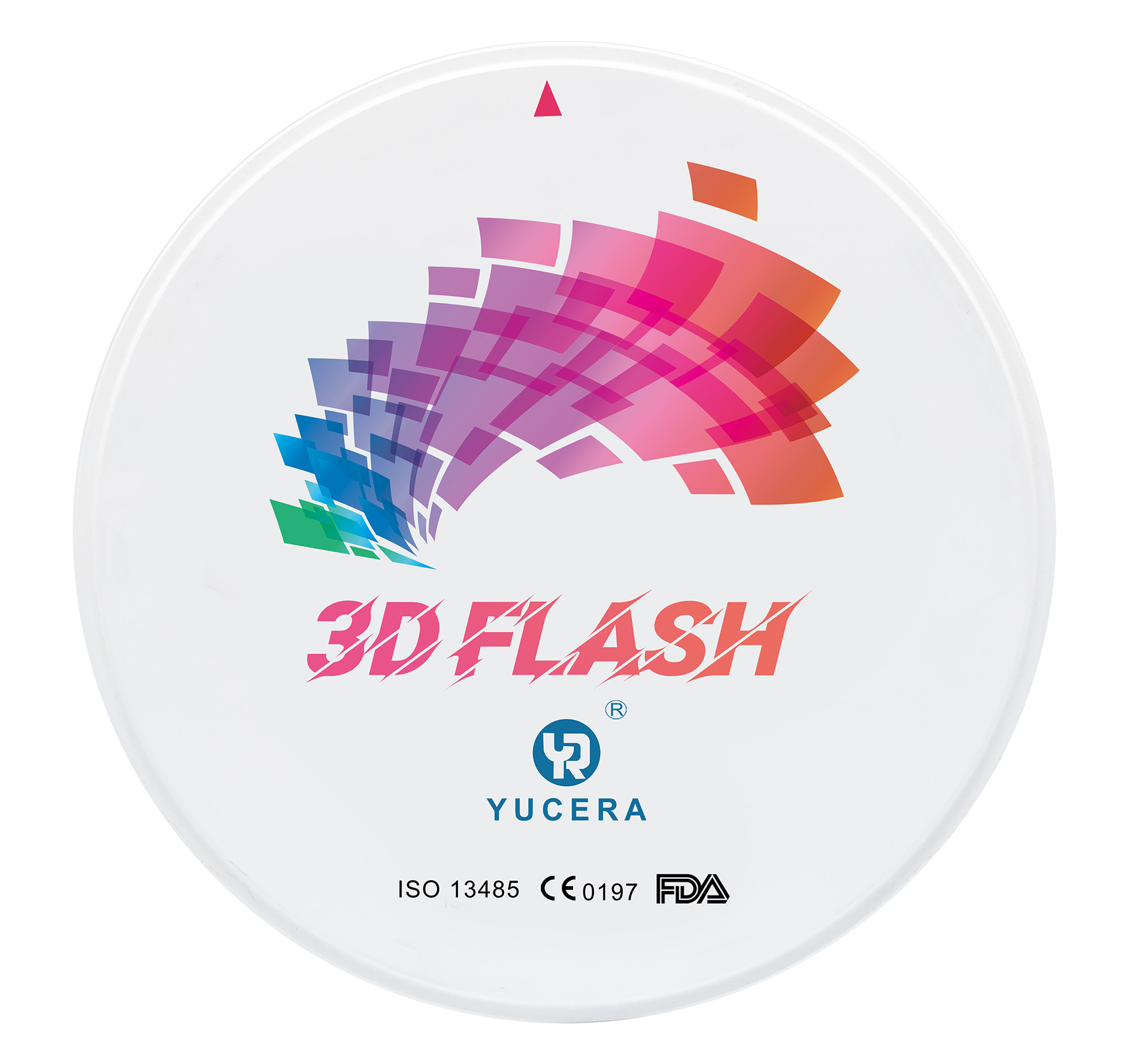
40-min full sintering with 57% incisal translucency and 1050 MPa strength.
learn more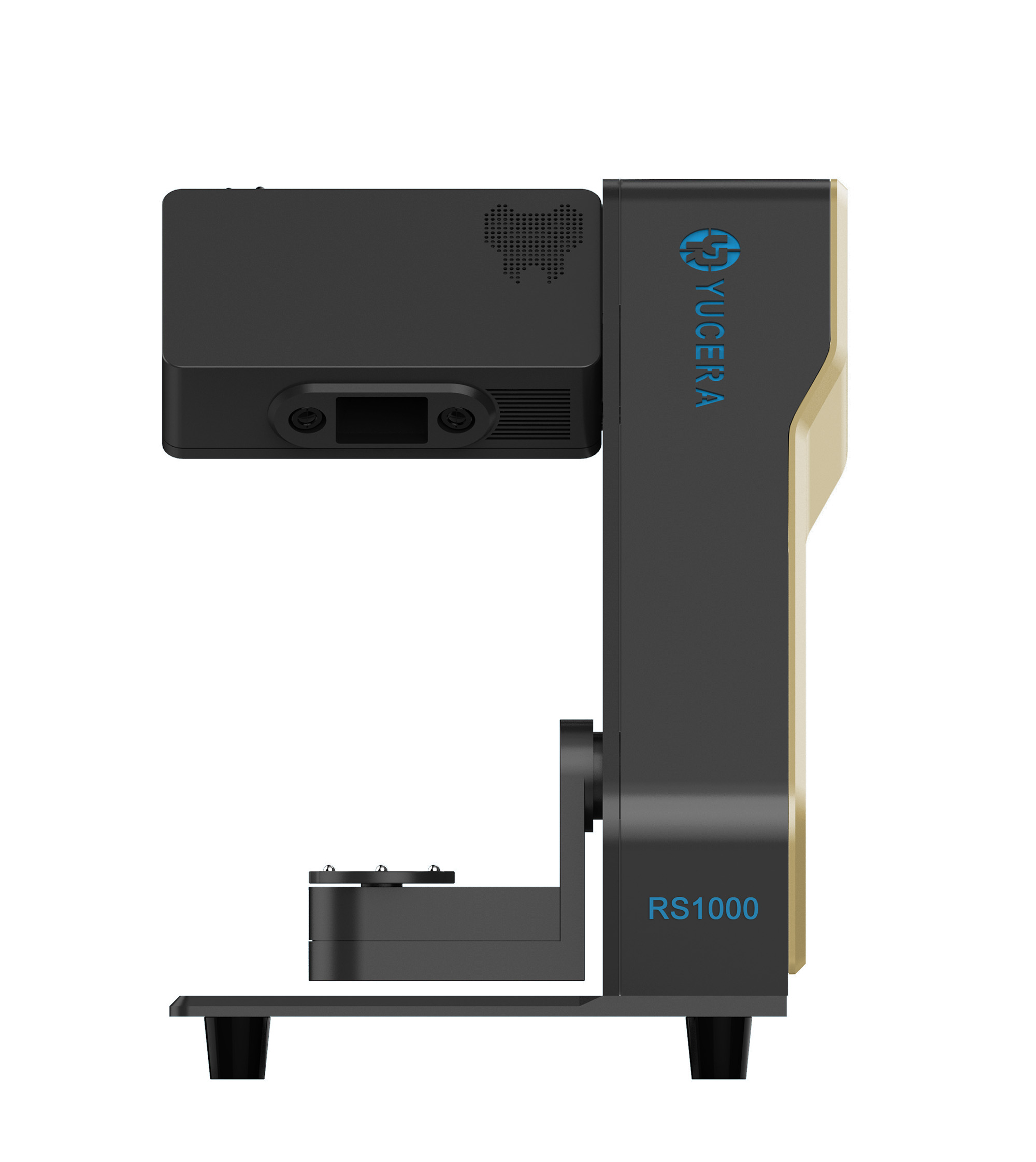
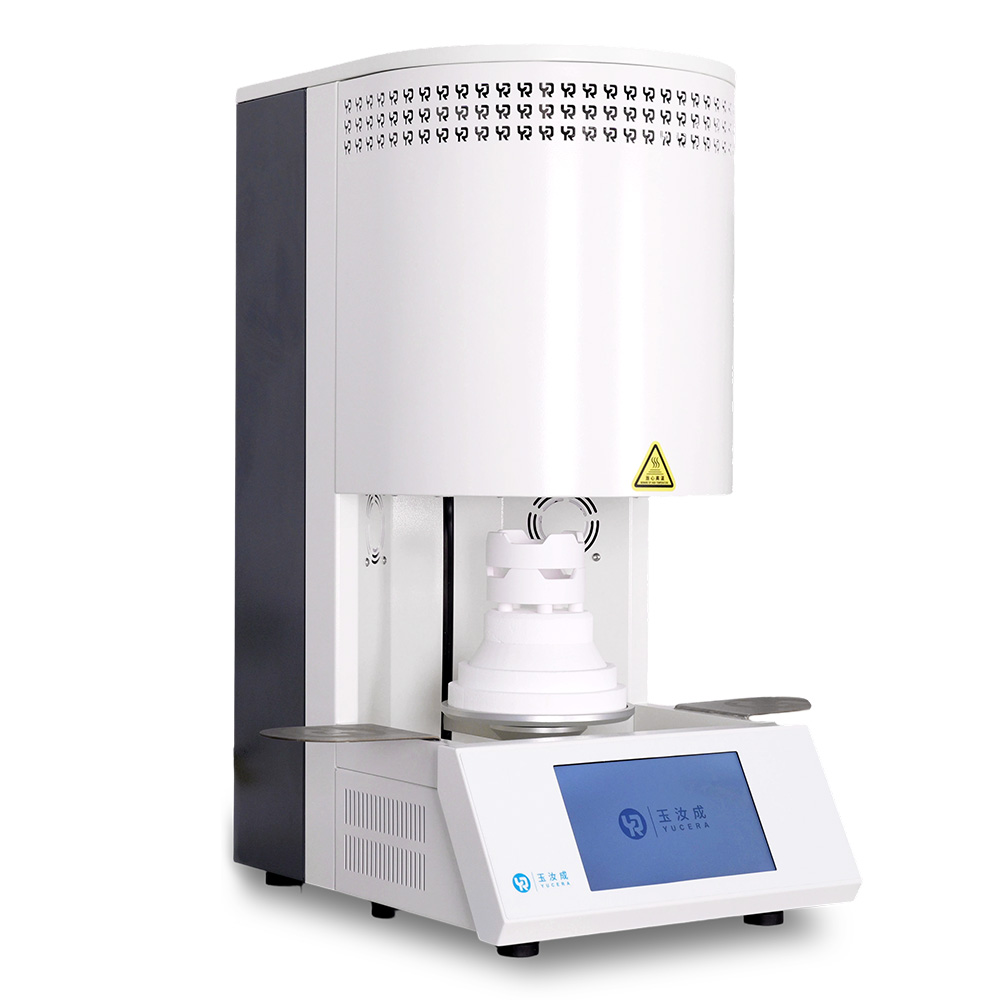
40-min cycle for 60 crowns, dual-layer crucible and 200°C/min heating.
learn more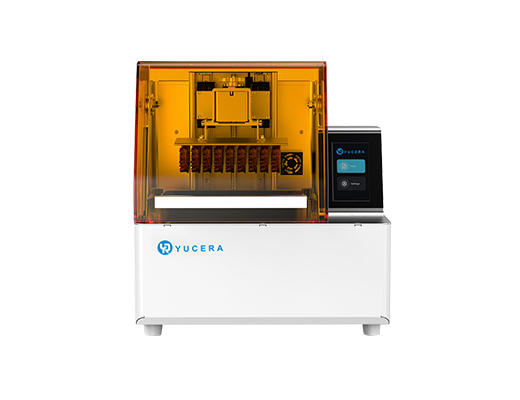
High-speed LCD printer for guides, temporaries, models with 8K resolution.
learn more